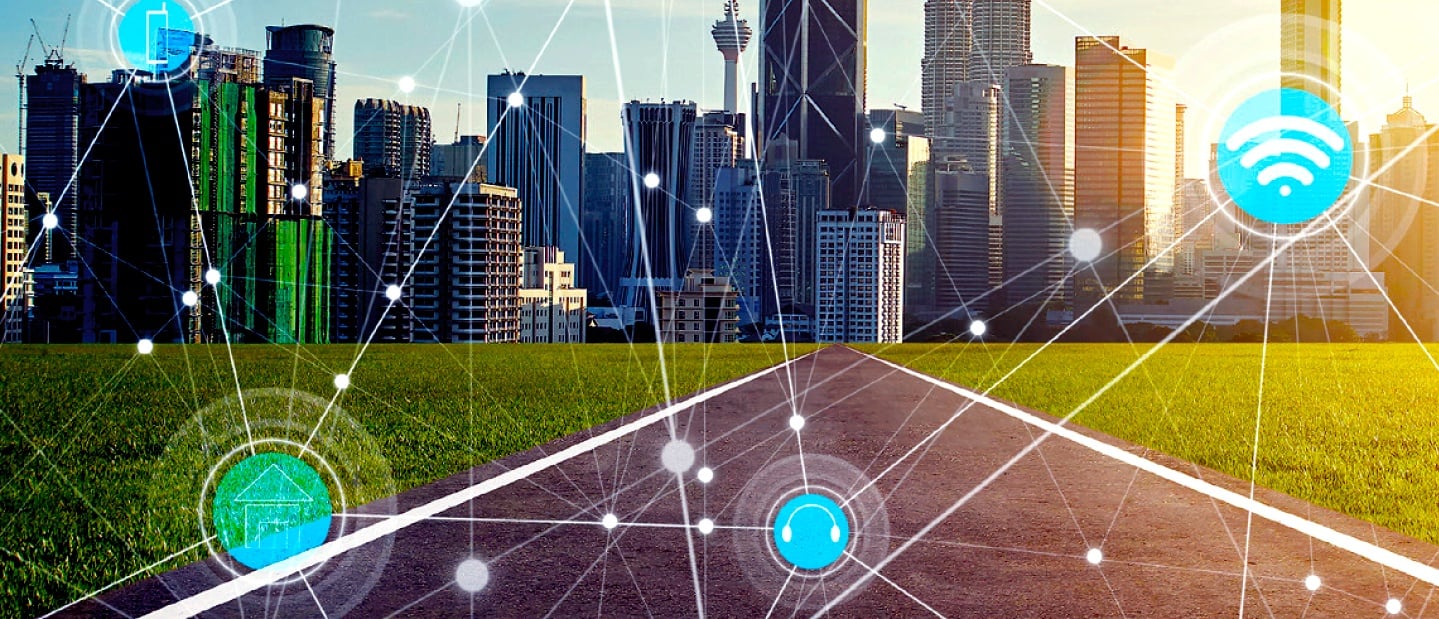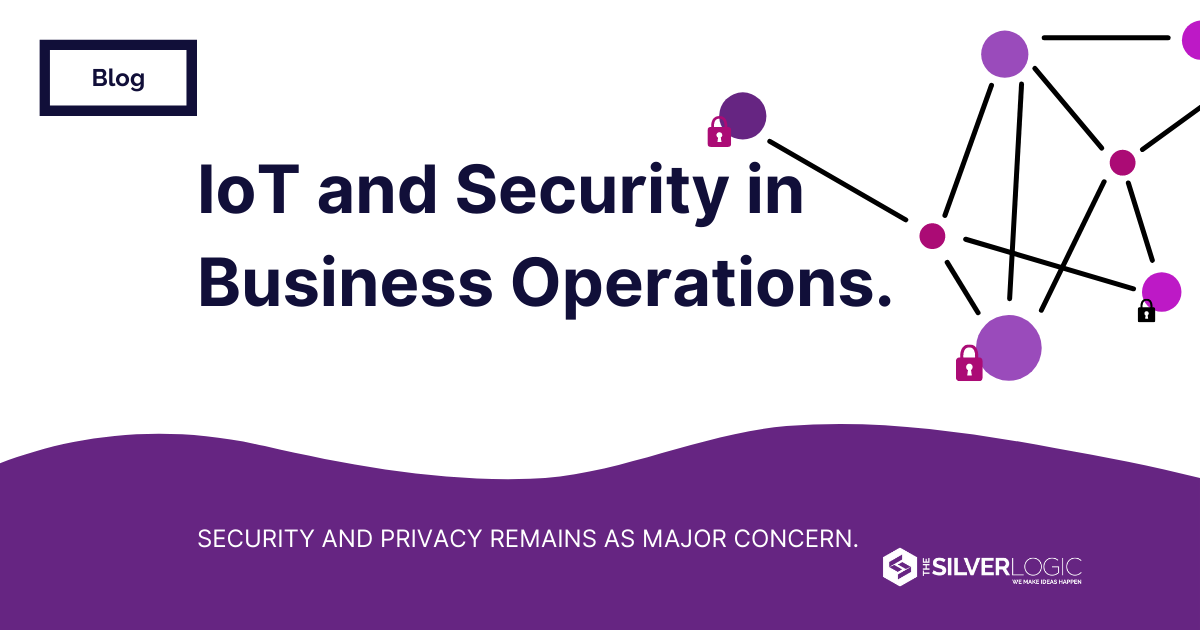The Wealth of Information: How to Maximize Value from IoT Data?
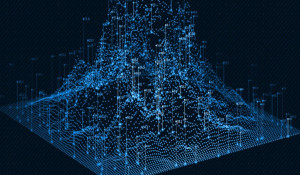
One of IoT’s great promises is to create a deeply interconnected world, one that leverages the vast amounts of data collected by billions of ‘Things’ on the network, But the full realization of this promise has thus far fallen short in at least two key ways:
- Most companies simply aren’t equipped to work with all of the data they’re collecting, and most of it simply goes unexplored and unused
- Data marketplaces, exchanges on which potentially invaluable data sets can be bought and sold, have not reached their full potential
Many companies use only a molehill's worth of their mountains of data
Many organizations, even early IoT adopters, often miss out on the full revenue potential of their data by not analyzing it and not offering it for sale. The McKinsey Global Institute has released work looking at both of these dilemmas: One of the most widely-cited statistics from its 2015 The Internet of Things: Mapping Value Beyond the Hype highlighted an oil rig outfitted with over 30,000 sensors. Plant operators used the sensors to control anomalies, but the McKinsey team found that this use was only making use of 1 percent of the total data being gathered by these devices. At no point was the business using the sensors to engage in any kind of optimization or predictive analytics. This, the team pointed out, was a costly oversight: Sensor data like this is extremely valuable, both to the company itself as well as to third parties who could harness insights from it in order to drive some of their own decision-making.
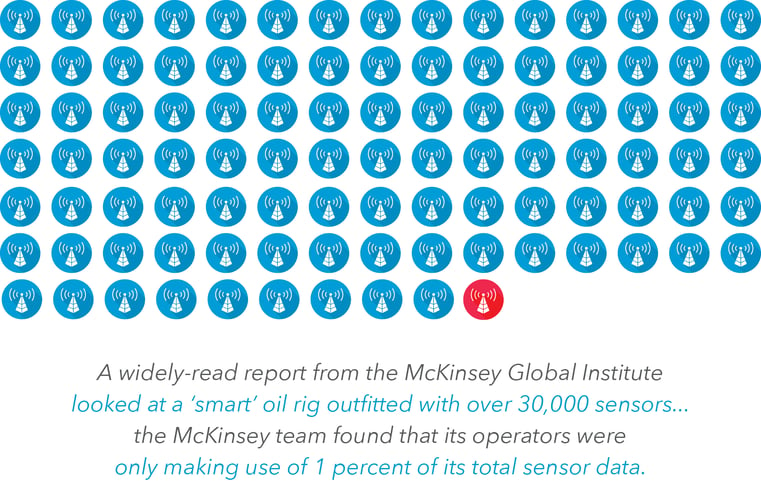
This kind of gap between data and insight is potentially leaving millions of dollars on the table for large organizations, and it creates enormous opportunities for third parties with expertise in predictive analytics and other types of complex data modeling. Startups like Tellient, Vitira, and DataPRM are aiming to fill that void, offering new technology solutions aimed specifically at helping large companies maximize the value of their data. Additionally, major corporations like Microsoft and SAP have also demonstrated a number of large-scale use cases in which they helped clients max out insights from the mountains of data collected from their existing IoT sensors and other devices.
Data marketplaces offer a huge opportunity for IoT-connected companies to earn passive income from sensors and other 'Things'
The IoT has the potential to dramatically improve a company’s bottom line on several fronts, and not just those related to their own internal operations. Much like the social media tech giants derive a sizable portion of their valuation from the vast amounts of information they collect on their users and make available to third-party advertisers and marketers, industrial, automotive, energy, and other companies with a large cache of industry-specific data on their own operations stand to profit enormously from making this data available on a kind of marketplace platform.
The buying and selling of data is nothing new, but many of the companies most heavily invested in IoT have not yet integrated this practice into their broader operations. Data marketplaces offer a host of benefits to IoT-connected businesses that are effectively getting their data out to third-party users. At a basic level, the data itself is valuable - a company looking to scale its own operation may look to one of the larger organizations in a given vertical to provide the kind of actionable raw data needed to make more informed decisions.
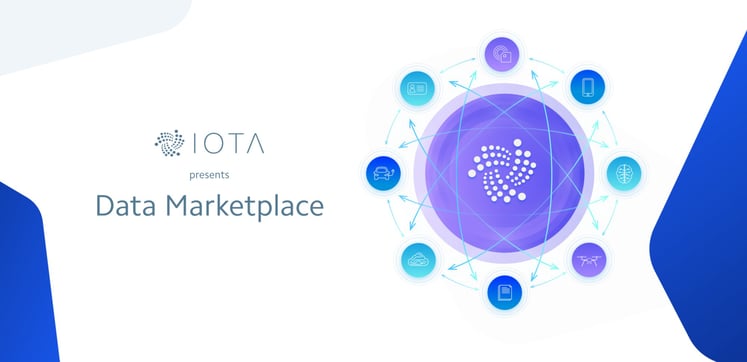
Image: IOTA
That’s the core idea behind The Iota Foundation’s Data Marketplace, the world’s largest online repository of data sets and insights. Boldly (but perhaps correctly) stating that “Data is the new Oil,” Iota has pulled together an impressive list of partner organizations that use its platform to maximize return on the data they already have. The whole system is built on distributed ledger technology (DLT, like what underlies much of the world’s exploding cryptocurrency market) and uses a directed acyclic graph, which essentially eliminates costs associated with middlemen, brokers, or centralized data storage. The marketplace literally lets you buy data coming right off of sensors all over the world, allowing the owners of these sensors to earn passive income off of devices they are already paying to operate. IOTA also recently announced the launch of IOTA Ecosystem, a platform it hopes will be, “developers.google.com, but for open-source DLT applications built on the IOTA core protocol.”
In the next few years, as the number of IoT devices continues to grow at a rapid rate, opportunities will continue to open up for businesses with analytics expertise to contract with organizations that have so far kept their data in-house. By increasing the use cases for data sets and maximizing interoperability - the ability of computer systems or software to exchange and make use of information - we will begin to see the IoT mature into its most elegant, effective state. Any organization considering IoT solutions would be remiss not to see the immense value proposition inherent in the data they would soon have at their fingertips: value not only for internal optimization but for third parties to analyze and take in new, interesting directions.
Keep reading:

